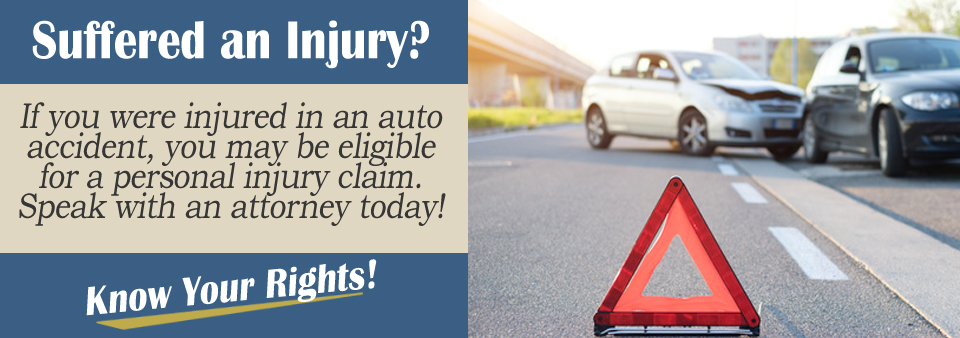All drivers have a responsibility to check their mirrors and even turn their heads around to double-check that there is no other vehicle in their blind spot.
Blind spot accidents are relatively common at intersections when a driver fails to check that your vehicle was not in his/her blind spot and hits you.
If you decide to file for damages, you may still be accused of being to blame for an accident, or even partly to blame for the accident.
This can affect the amount of compensation you could obtain in a personal injury claim unless you can prove that you were not to blame for the accident.
Disputing Fault in a Blind Spot Accident
It is normally the at-fault driver’s insurer who challenges your role in an accident. Insurers are reluctant to admit that their client was to blame, as they face paying out compensation. The amount of fault can affect the compensation you can receive in a personal injury claim. This depends on the state where the accident took place. In some states, you can still claim compensation if it was shown that you were more than 50% to blame for the accident. In others, even the slightest amount of fault can mean that no compensation will be paid. Insurers understand how to exploit these sorts of rules to avoid paying out compensation.
To dispute fault in a blind spot accident, you need good, solid evidence that the driver with the blind spot was negligent in not looking carefully enough. A personal injury lawyer can help you build a sound case.
Proving Negligence of the Other Driver
Evidence that you were not to blame can come from many sources:
- Photographic evidence taken at the scene of the accident showing the positions of the vehicles. This can help show that your vehicle was in the other driver’s blind spot;
- Video footage of the crash taken by a surveillance camera. Many blind spot accidents take place at intersections where these cameras are often located;
- Eye witnesses who saw the accident take place;
- The police report compiled at the accident scene. This report may make a conclusion about the other driver’s blind spot;
- Inspection of the vehicle that hit you to confirm that a blind spot could have contributed to the accident;
- Phone records of the driver may be subpoenaed if it was suspected that the driver was distracted by a cell phone conversation at the time of the crash;
- Checking the loading of the other vehicle if it is overloaded or visibility obscured by objects at the back of the vehicle.

Consult With a Personal Injury Lawyer
If you have been involved in a blind spot accident, a personal injury lawyer can help determine who is at fault in a blind spot crash. Because of the statute of limitations, don’t wait until it is too late to pursue a personal injury claim. Personal injury lawyers usually work on a contingency basis, so you have nothing to lose. Complete the Free Case Evaluation Form on this page to ensure your claim is on the right track today!